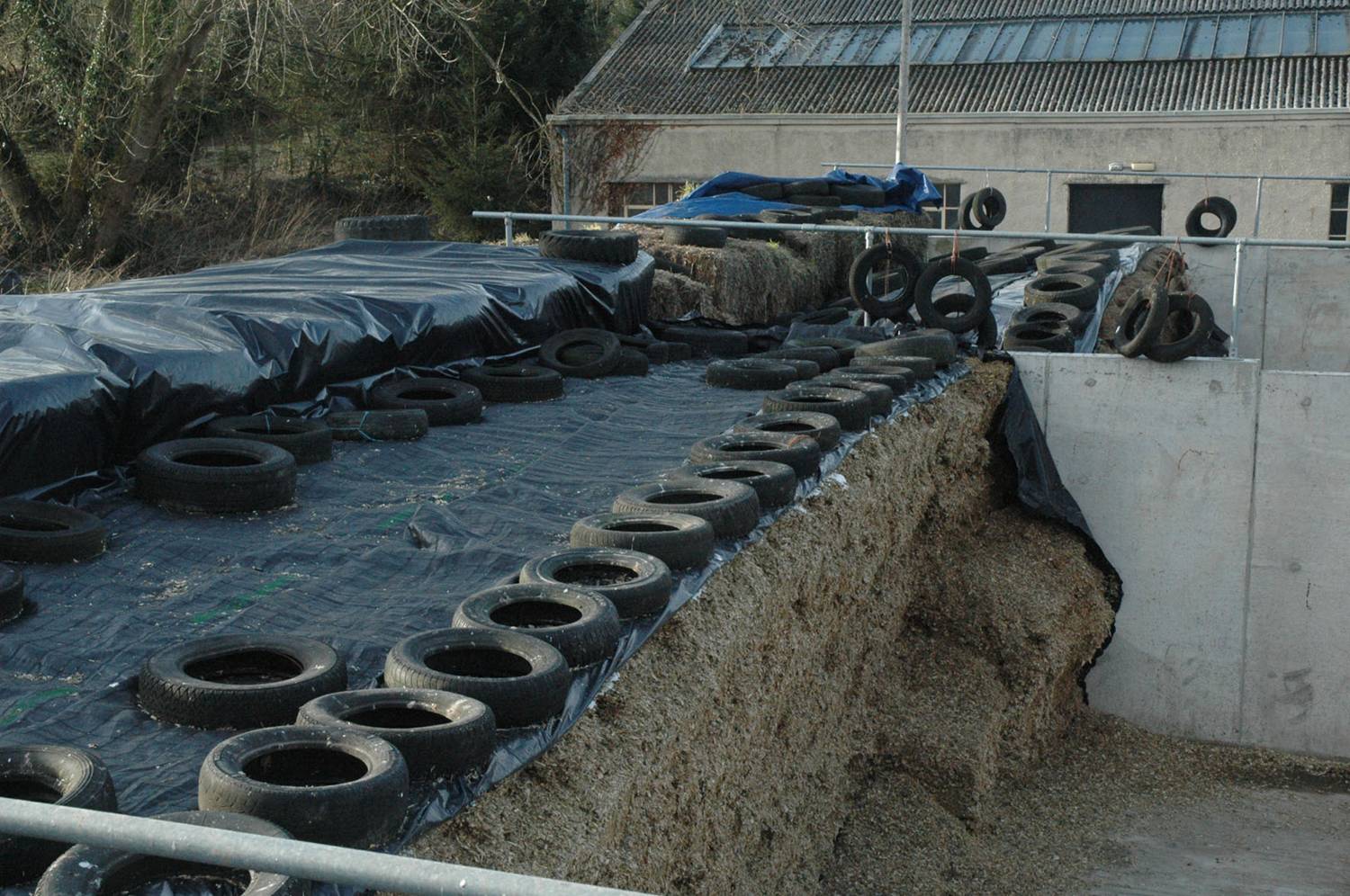- Home
- Knowledge library
- Are you testing your silage?
Are you testing your silage?
Silage clamps should ideally be tested every four weeks over winter to maintain ration consistency for high-yielding herds. Even grass that is properly clamped averages 12% losses in dry matter over time, which affects intakes.
Maize, on the other hand, actually improves in starch digestibility. But, because it becomes more digestible, it is broken down faster in the rumen, which may overload it with starch, leading to acidosis and other associated problems. It means diets that are in balance now could get out of kilter over time.
Poor clamp management at feed-out leads to further deterioration in quality. Grabbing and lifting silage on the face, for instance, allows oxygen to penetrate the clamp. Sampling regularly over winter and using the analysis to rebalance the diet not only avoids digestive upsets, it can save money. Using the silage analysis in AHDB’s relative feed calculator you can work out its financial worth compared with other feed ingredients on an energy and protein basis. This helps to make rations more cost-effective.
However, sampling must be done correctly, as a poor technique will only produce poor results. Samples should be taken about 22 cm back from the face to represent what is currently being fed. In total, take nine samples in a W shape. Mix well and evenly in a bucket, then tip onto a clean surface and divide evenly until you get a 0.5 kg sample size for bagging and sending to the lab.


